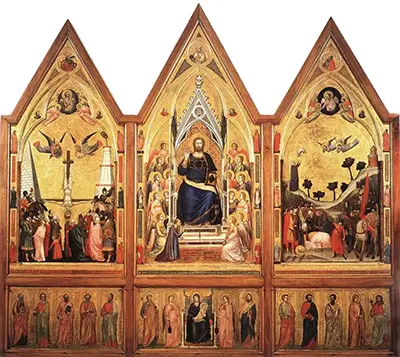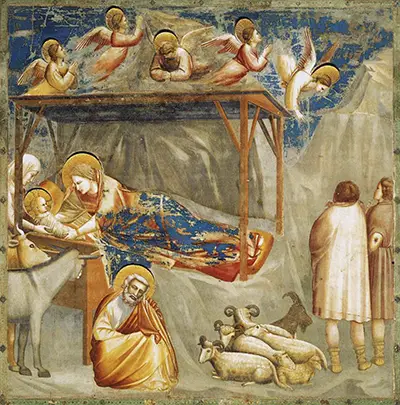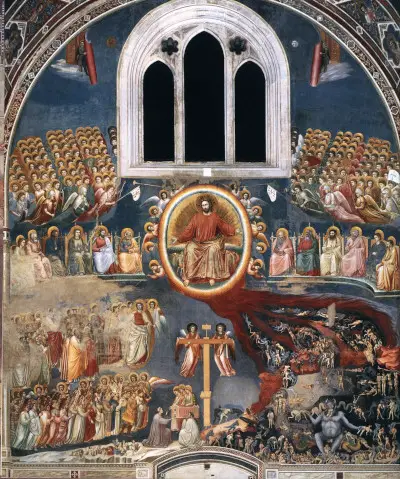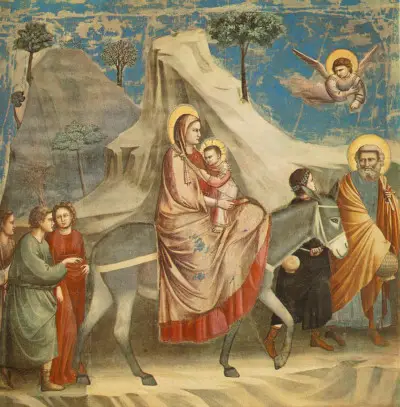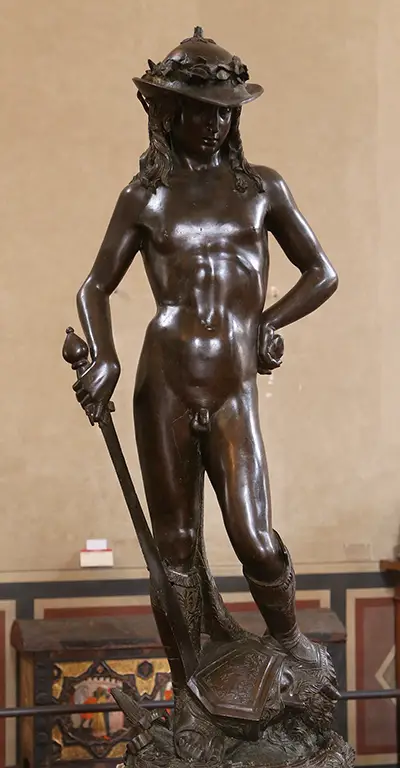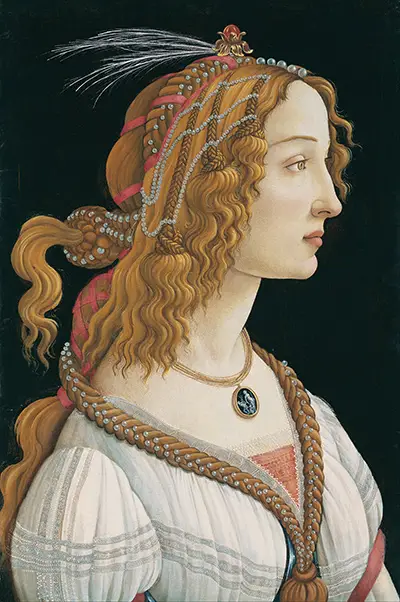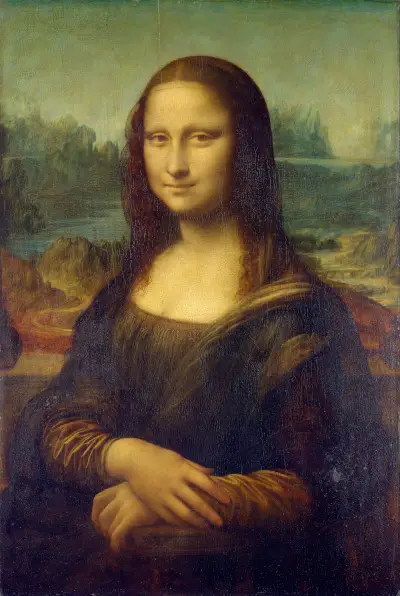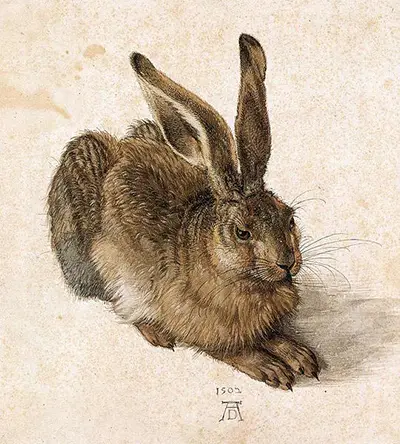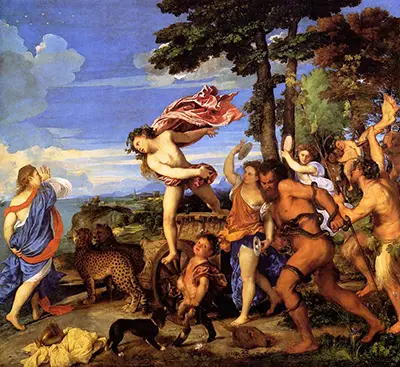Joachim’s Dream was constructed by Giotto as part of his Life of Joachim series for the Scrovegni Chapel in Padua, Italy.
The Story of Joachim’s Dream
The narrative behind this piece tells of Joachim asleep, whilst a number of other figures look over him. An angel swoops down to inform him of his upcoming child, creating a blurred line between what Joachim dreamt and what happened for real.
Artistic Touches
Giotto cleverly outlines the key elements of the story by adding halos to both the angel and Joachim himself, visually displaying the two main figures. There is also a diagonal continuity from one to another, creating a drama and tension between the two figures, even though Joachim remains blissfully unaware of proceedings at that point.
Background Styling
The remaining content is styled in a similar manner to Giotto’s other works for the chapel, with rocky structures, a small assortment of animals and a flat blue sky. In some cases these elements may hold symbolic value, such as the tired tree in Lamentation, but in this case they appear to be purely for aesthetic value and interest.
Details to Note
The clothing on both main figures is beautifully done, with clear signs of tension around the drapery. Giotto also adds darker and lighter touches to give the impression of lighting falling upon both, which is most notable on Joachim’s shoulder and knee. It is important to remember how innovative Giotto was, when compared to previous artists from the 13th century.
The artist was a master of perspective, in comparison to the previous generations. Whilst this artwork is relatively flat, he does allow the rock faces to slowly creep off into the distance, bringing a sense of perspective to the work. There is also a higher peak to the right hand side which attempts to avoid the upper half of the work becoming too plain.
That said, in terms of criticism, one can see a disconnect between the animals and supporting figures with the background - it looks as if one was applied over the other without a careful fusion. This must be acknowledged within the overall progression of art at the time, with Giotto already far advanced of what had gone before, and probably still evolving as an artist himself at this point.
Role within the Scrovegni Chapel
Giotto and his assistants worked tirelessly for a number of years in the early 14th century to fill the chapel with some extraordinary art. He focused on the lives of Christ, Mary and Joachim, adding rows of scenes from their lives and then completing a row across the floor with alternative designs.
Conclusion
Joachim’s Dream provides another excellent addition to Giotto’s considerable work within the Scrovegni Chapel. He remained consistent throughout, with stylish figures, bright tones and touches of architecture. In this example, perhaps one of the simplest, he concentrates on the angel’s connection to Joachim, carefully using a dramatic diagonal movement which brings the two together in a powerful, visual manner.
The work of Giotto was so influential that many future artists would consider his approach to their religious themes, helping them to become a benchmark for composition and style. This influence helped shape the earliest phases of the Renaissance, which itself was critical in the later direction of European art.
More Renaissance Artists




 Giotto.jpg)
 Giotto.jpg)
